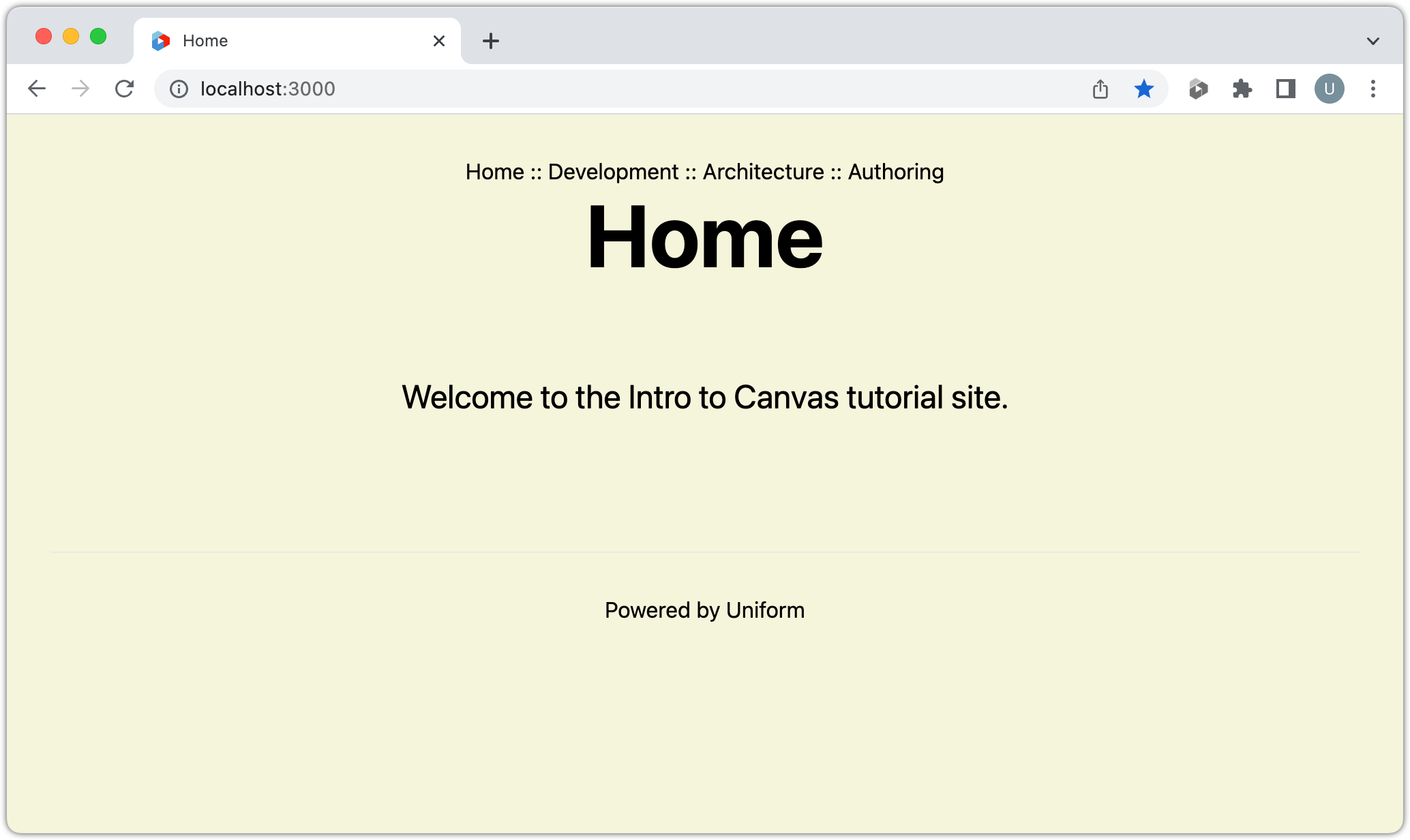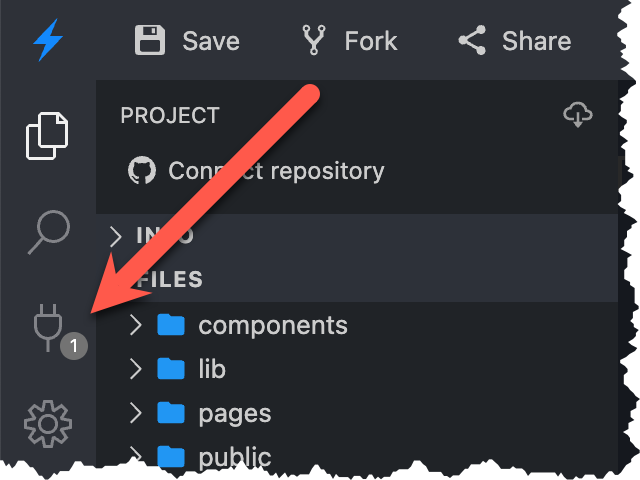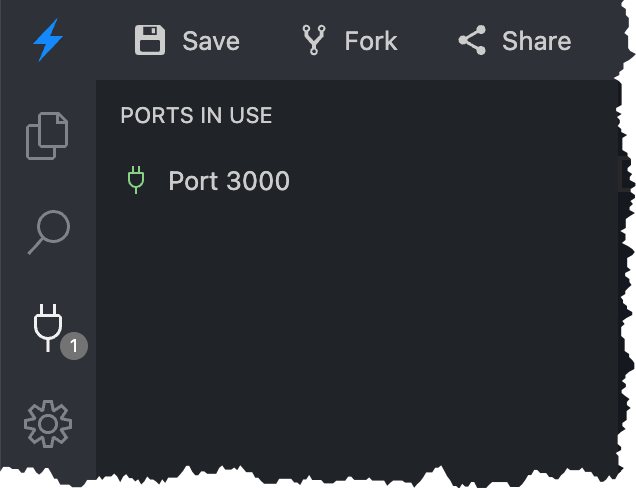Canvas tutorial for Next.js
This tutorial will guide you through the process of building a web application that uses Uniform's composition capabilities:
- Build a web application using your preferred front-end framework.
- Enable layout to be controlled by non-developers.

tip
This is a very basic web app by design. This will allow you to focus on the Uniform bits instead of getting caught up with styles, design or complicated application functionality.
Before you start
You must have the following available in order to complete this tutorial:
- Node.js v14+ installed locally.
- Uniform account with administrator access. If you do not already have one, you can sign up for a free account at https://uniform.app.
- Uniform extension for Google Chrome. This is optional, but this tutorial uses it to help explain how Uniform classification and personalization work.
Finished code
In case you prefer to learn by looking at a finished solution, we provide a finished version of the Intro to Canvas Tutorial application that you can get running in your preferred environment.
Before you start
You must setup a Uniform project before you can load the finished code.
- Stackblitz
- Local machine
Add the following permissions to your Uniform API key:
- Compositions > Create
- Compositions > Delete
- Compositions > Publish
- Compositions > Update
danger
You should always assign the minimal permissions required to meet your requirements. The permissions granted above provide the power to do a lot of damage to your project - like delete everything!
For more details on permissions, see the administrator tutorial.
Open Stackblitz
After you open StackBlitz you will see an error that the "API key was not valid". You must set the variables in
.envas described in the steps.Changing the
.envfile should cause the container to restart. If it doesn't, reload your browser window. You will see an error that the "Slug not found". This is because the composition with the specified slug hasn't been created in your Uniform project.In StackBlitz, open a new terminal.
Enter the following command:
npm run uniform:pushClose the terminal.
Reload your browser window. This will cause the manifest to be downloaded before the app starts up.
In the activity bar the plug icon indicates that 1 port is in use. Click this icon.

You will see links to the web app running on the 1 port. Click the link for Port 3000

A new browser tab opens. This is your Next.js application running in develop mode.
https://uniformdev-uniform-docs-examples-######--3000.local.webcontainer.io/
Add the following permissions to your Uniform API key:
- Compositions > Create
- Compositions > Delete
- Compositions > Publish
- Compositions > Update
danger
You should always assign the minimal permissions required to meet your requirements. The permissions granted above provide the power to do a lot of damage to your project - like delete everything!
For more details on permissions, see the administrator tutorial.
Clone the Github repository
Checkout the branch
intro-to-canvas/nextjs/canvas-activatedSet variables in
.envas described in the steps.Open a command-line interface (CLI) in the root folder for the repository.
Enter the following command:
npm installEnter the following command:
npm run uniform:pushEnter the following command:
npm run devAbout this step
This will start the Next.js app in develop mode on port 3000.